Subtribe Physalinae | Tribe Physaleae Scientific name Physalis Rank Genus | |
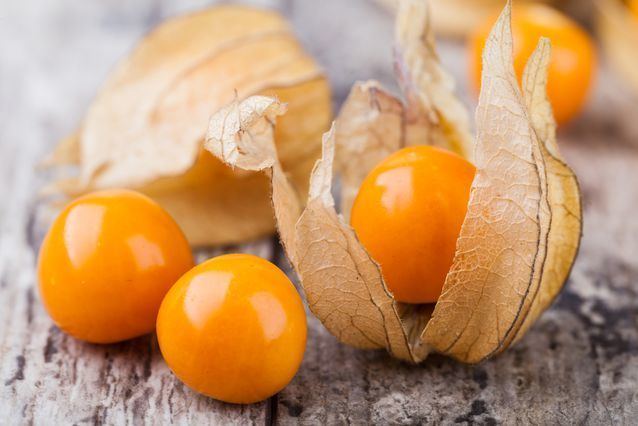 | ||
Lower classifications Peruvian groundcherry, Chinese lantern, Tomatillo, Physalis angulata, Strawberry groundcherry | ||
14 jul 2015 physalis plant update and tasting
Physalis (/ˈfaɪsəlɪs/, sometimes /faɪˈseɪlɪs/, from physalis = bladder) is a genus of flowering plants in the nightshade family (Solanaceae), which grow in warm temperate and subtropical regions of the world. Most of the species, of which there may be 75-90, are indigenous to the New World. Cultivated species and weedy annuals have been introduced worldwide. A notable feature is the formation of a large papery husk derived from the calyx, which partly or fully encloses the fruit. The fruit is small and orange, similar in size, shape and structure to a small tomato.
Contents
- 14 jul 2015 physalis plant update and tasting
- How to grow physalis
- Description
- Cultivation and uses
- Diversity
- Formerly placed here
- References
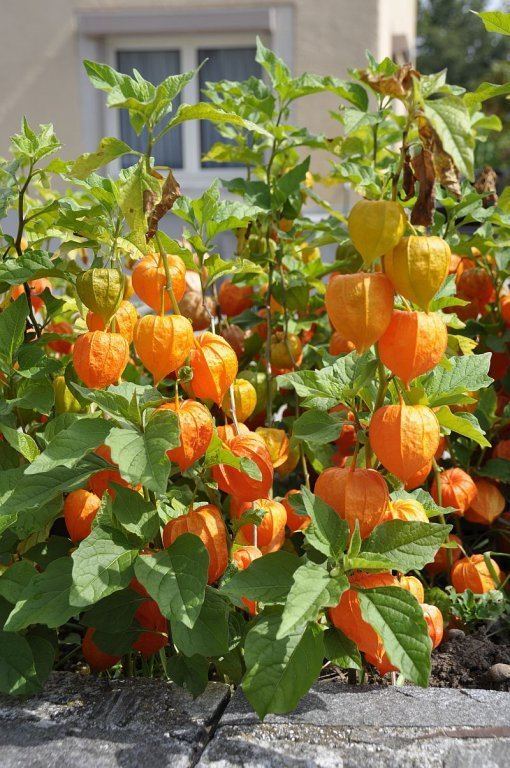
At least 46 species are endemic to the country of Mexico.
Many Physalis species are called groundcherries. One name for Physalis peruviana is Inca berry; another is Cape gooseberry, not to be confused with the true gooseberries, which are of the genus Ribes in the family Grossulariaceae. Other names used to refer to the fruit are poha berries, and simply golden berries.
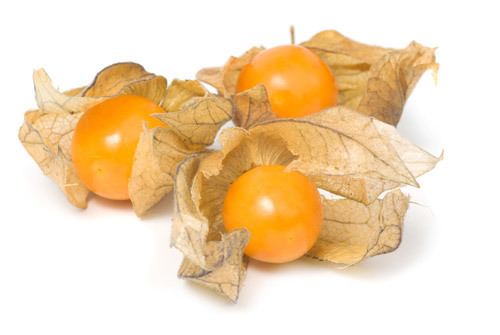
How to grow physalis
Description
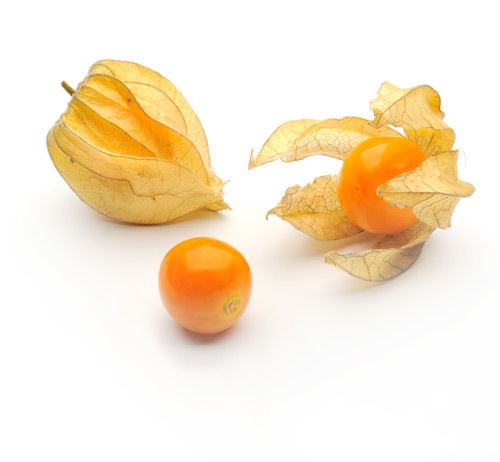
Physalis are herbaceous plants growing to 0.4 to 3 m tall, similar to the common tomato, a plant of the same family, but usually with a stiffer, more upright stem. They can be either annual or perennial. Most require full sun and fairly warm to hot temperatures. Some species are sensitive to frost, but others, such as the Chinese lantern, P. alkekengi, tolerate severe cold when dormant in winter.
Cultivation and uses
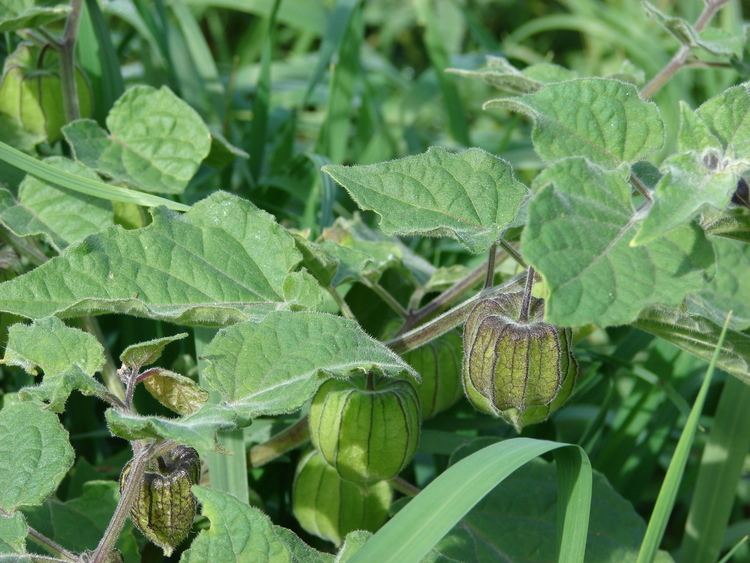
These plants grow in most soil types and do very well in poor soils and in pots. They require moisture until fruiting. Plants are susceptible to many of the common tomato diseases and pests, and other pests such as aphids, whiteflies, spider mites, and the false potato beetle (Leptinotarsa juncta) also attack them. Propagation is by seed. Some species are self-incompatible and require pollen from other plants to bear fruit.
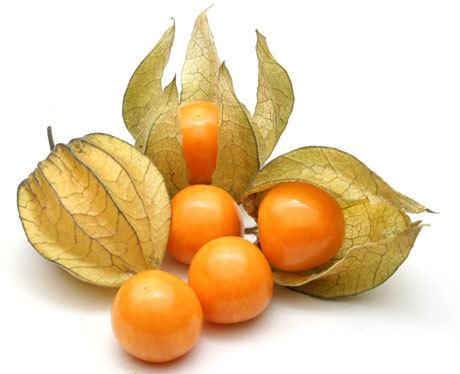
Not all Physalis species bear edible fruit. Select species are cultivated for their edible fruit, however; the typical Physalis fruit is similar to a firm tomato in texture, and like strawberries or pineapple in flavor, with a mild acidity. Some species, such as the Cape gooseberry and tomatillo have been bred into many cultivars with varying flavors, from tart to sweet to savory. Physalis fruit are rich in cryptoxanthin.The fruit can be used like the tomato. Once extracted from its husk, it can be eaten raw and used in salads. Some varieties are added to desserts, used as flavoring, made into fruit preserves, or dried and used like raisins. They contain pectin and can be used in pie filling.
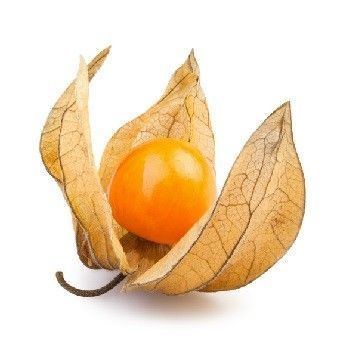
The Cape gooseberry is native to the Americas, but is common in many subtropical areas. Its use in South Africa near the Cape of Good Hope inspired its common name. Other species of commercial importance include the tomatillo (P. philadelphica). Some nations, such as Colombia, have a significant economic trade in Physalis fruit.
Some species are grown as ornamental plants. For example, the hardy Physalis alkekengi has edible small fruits but is most popular for its large, bright orange to red husks.
In Chinese medicine, Physalis species are used as to treat such conditions as abscesses, coughs, fevers, and sore throat. Smooth groundcherry (P. subglabrata) is classified as a hallucinogenic plant, and its cultivation for other than ornamental purposes is outlawed in the US state of Louisiana under State Act 159.
The extinct Dacian language has left few traces, but in De Materia Medica by Pedanius Dioscorides, a plant called Strychnos alikakabos (Στρύχνος άλικακάβος) is discussed, which was called kykolis (or cycolis) by the Dacians. Some have considered this plant to be Physalis alkekengi, but the name more likely refers to ashwagandha (Withania somnifera).
Diversity
As of 2005, about 75 to 90 species were in the genus.
Species include:
